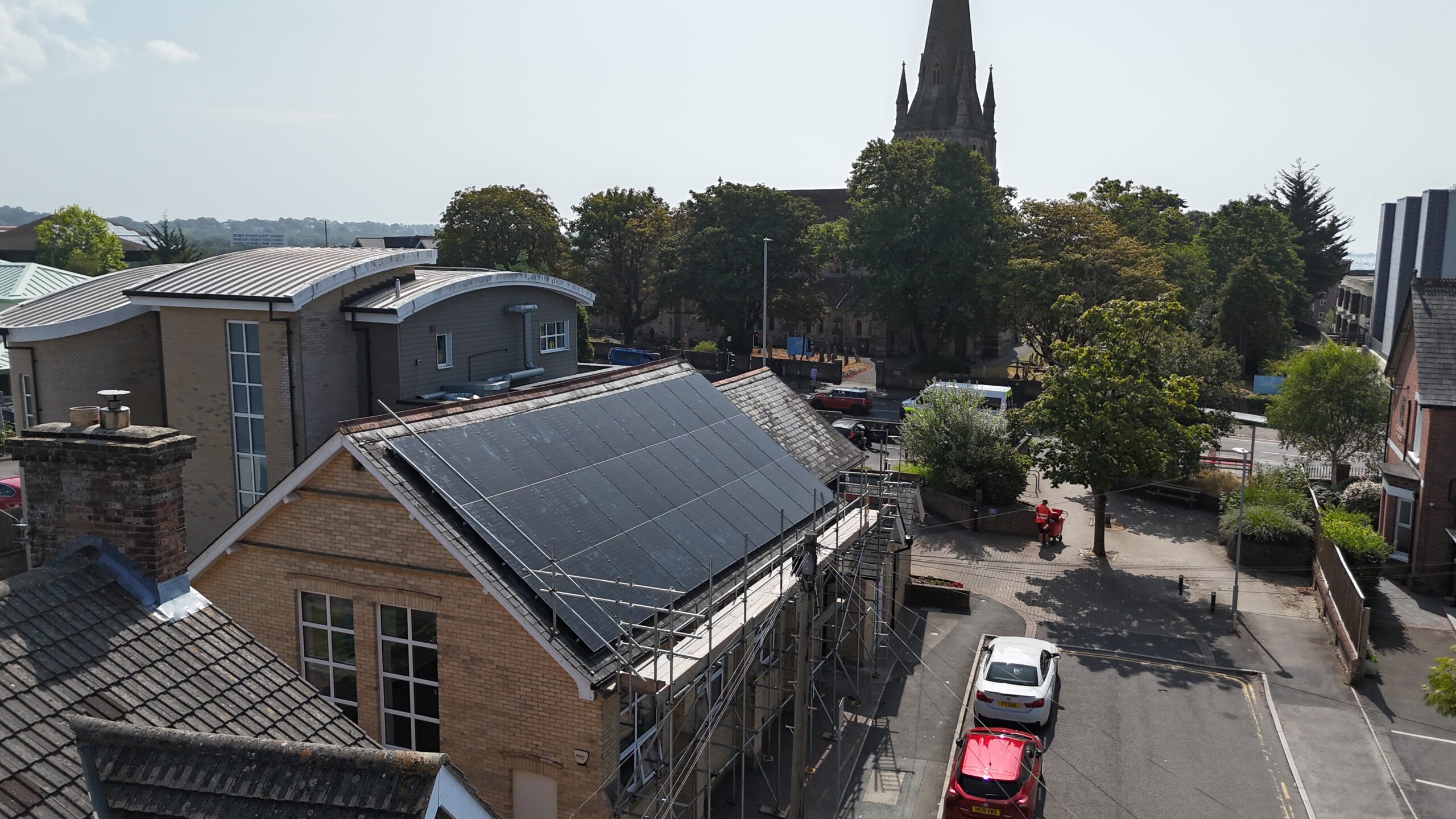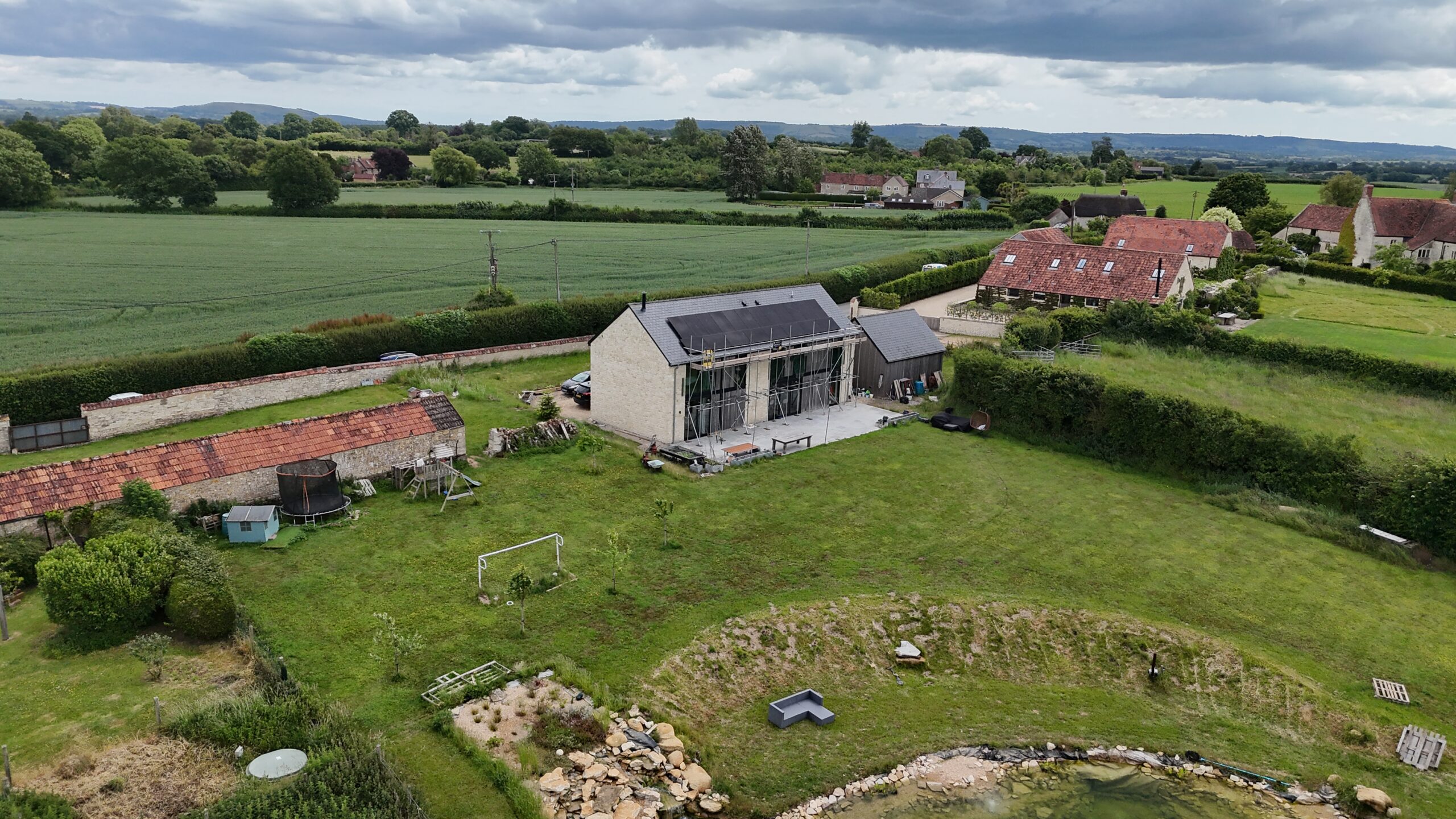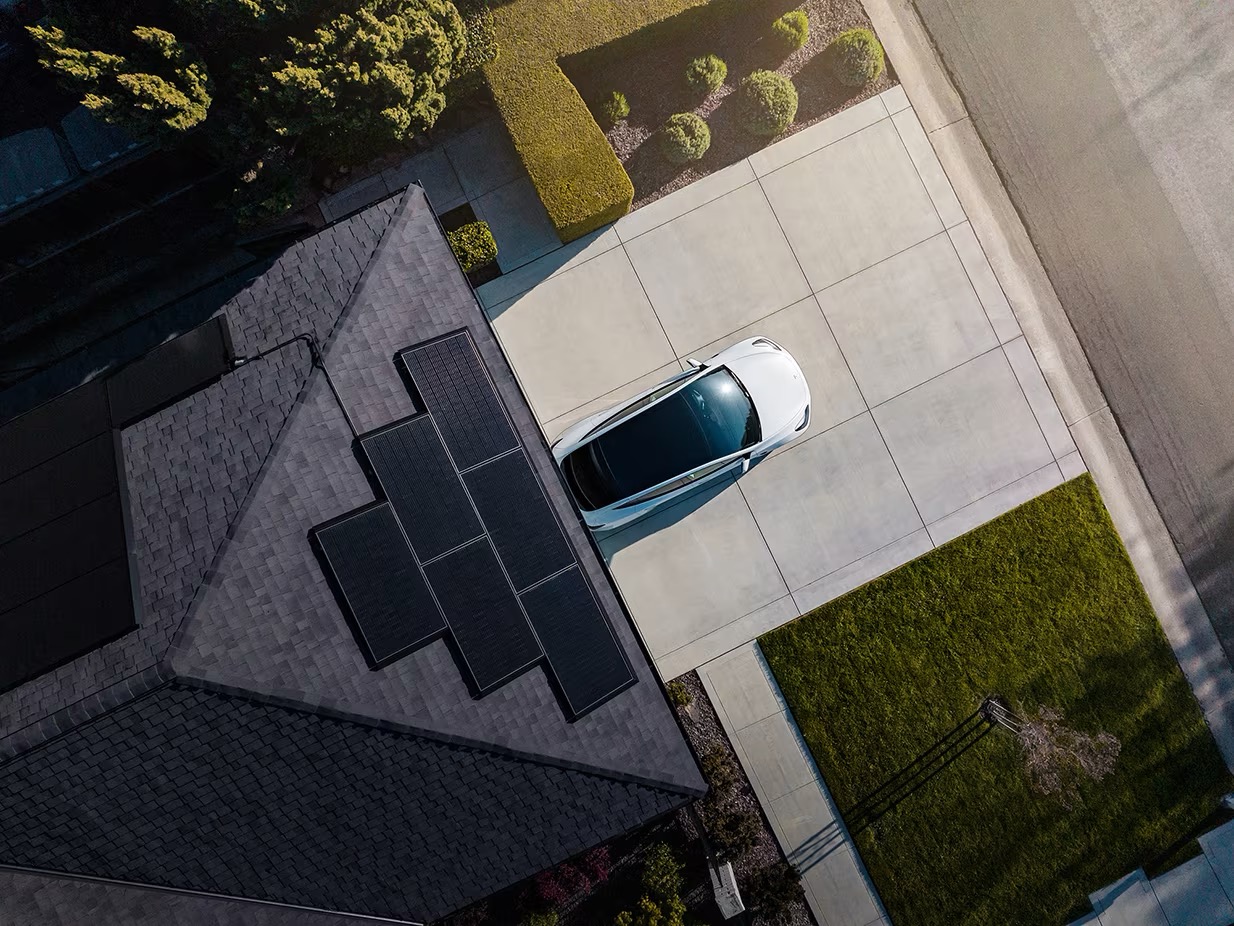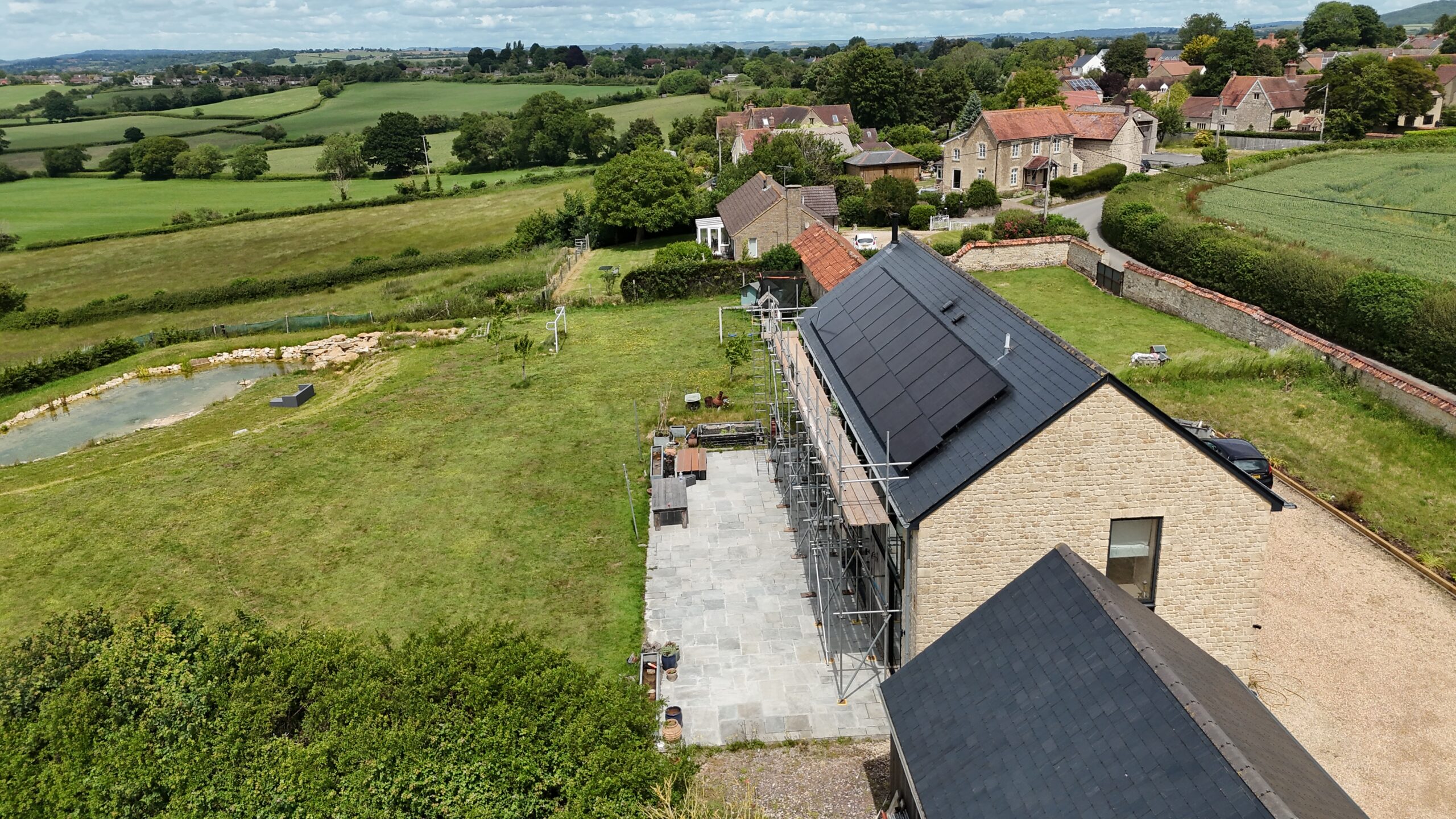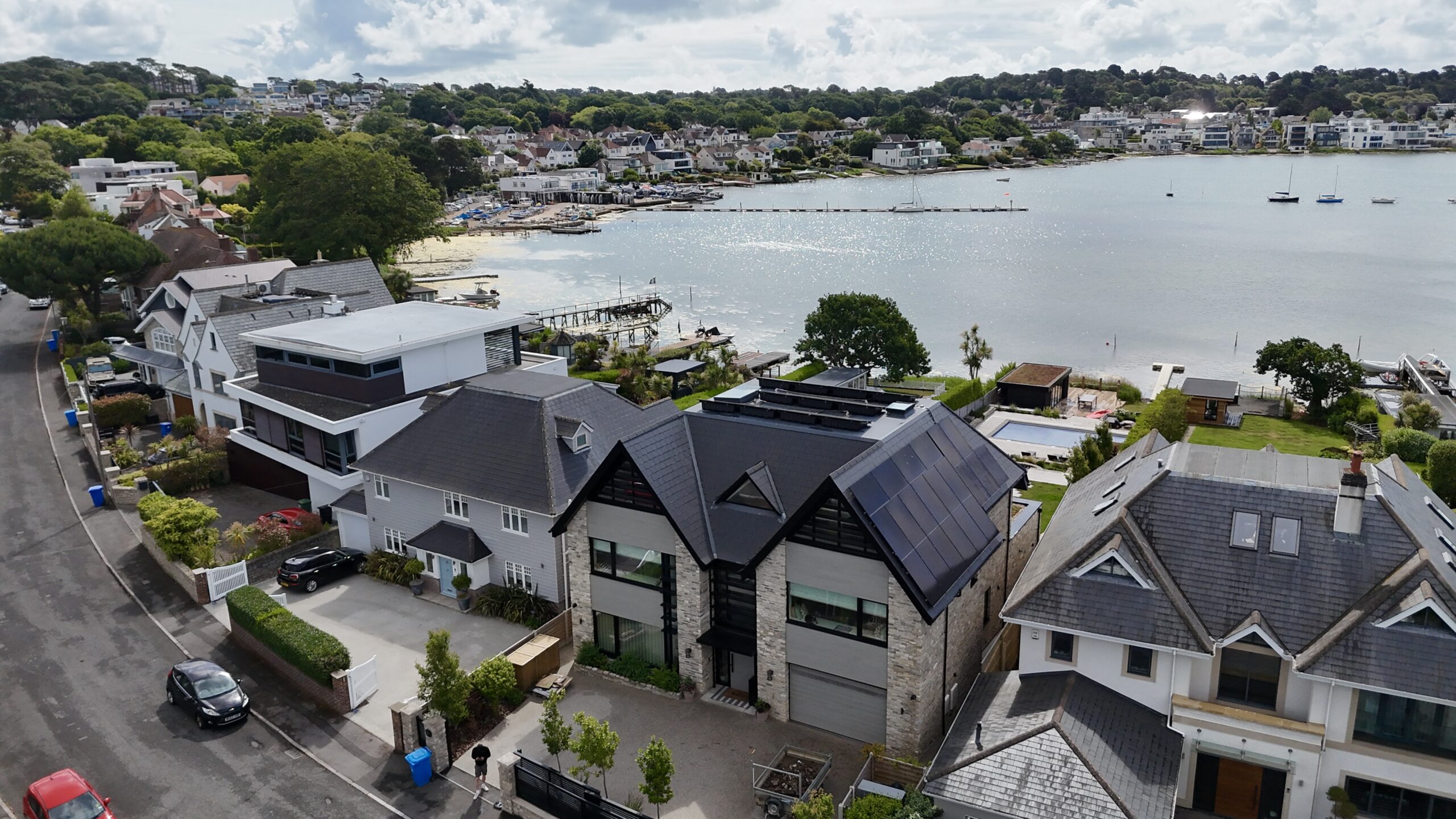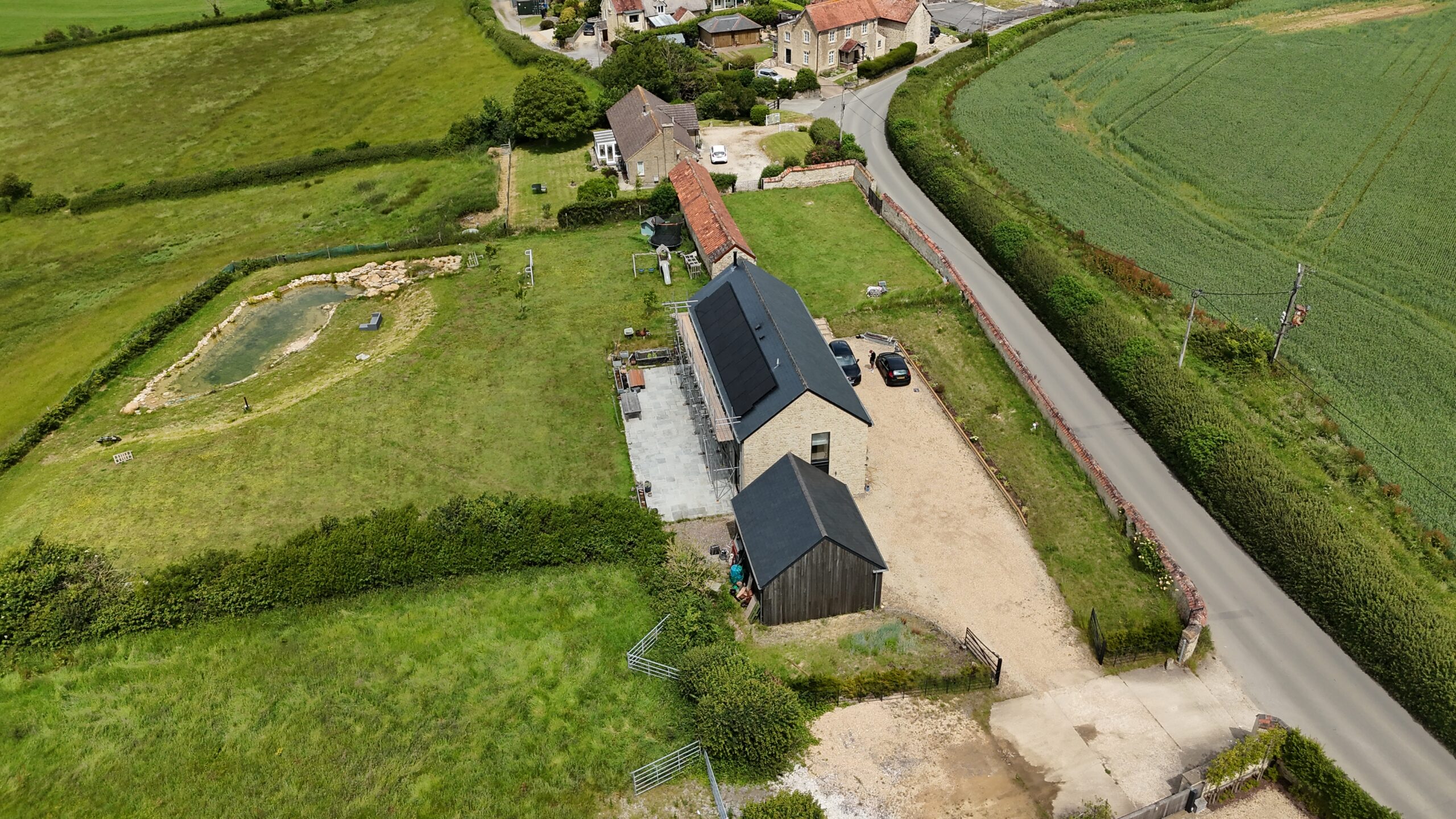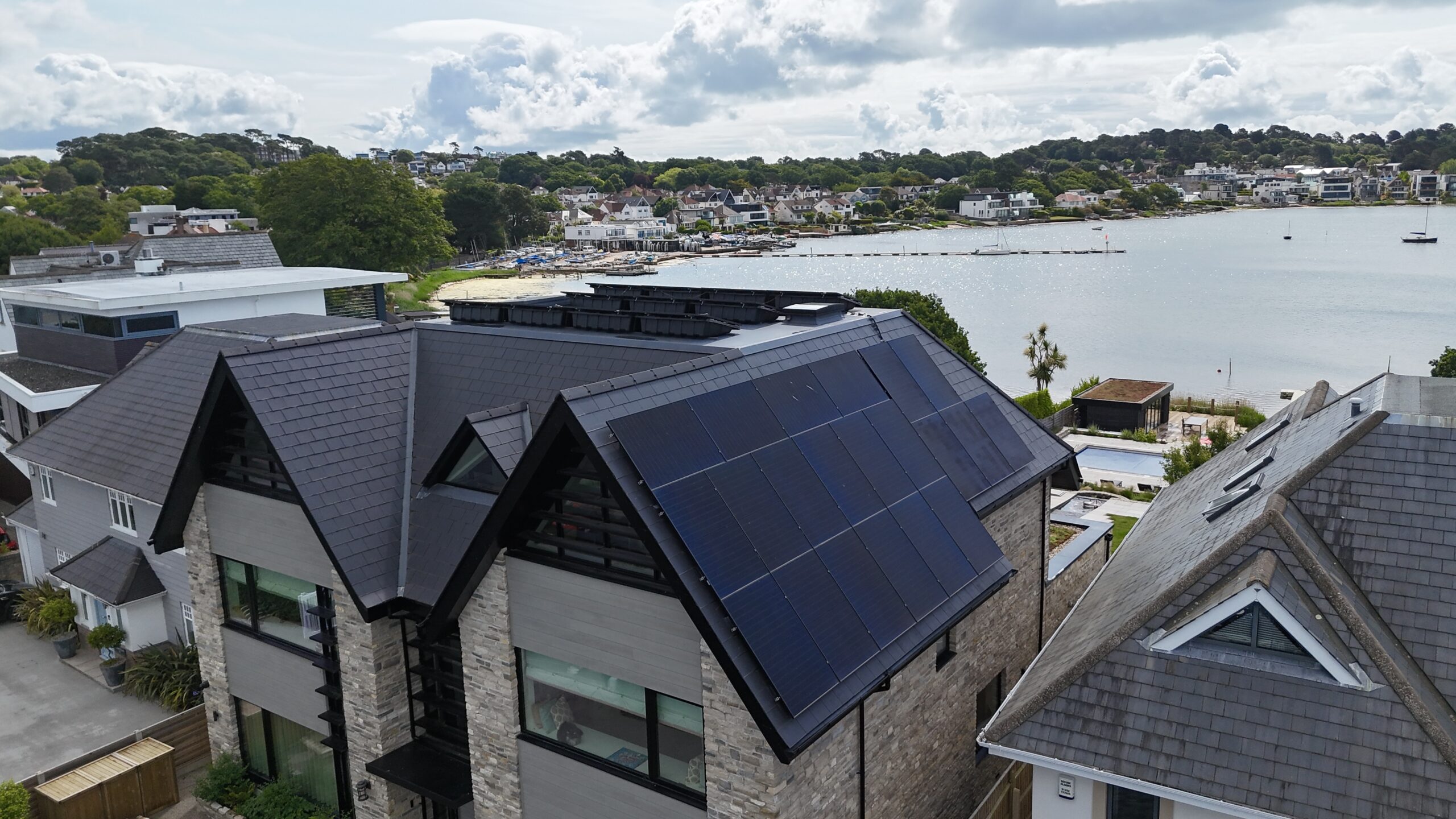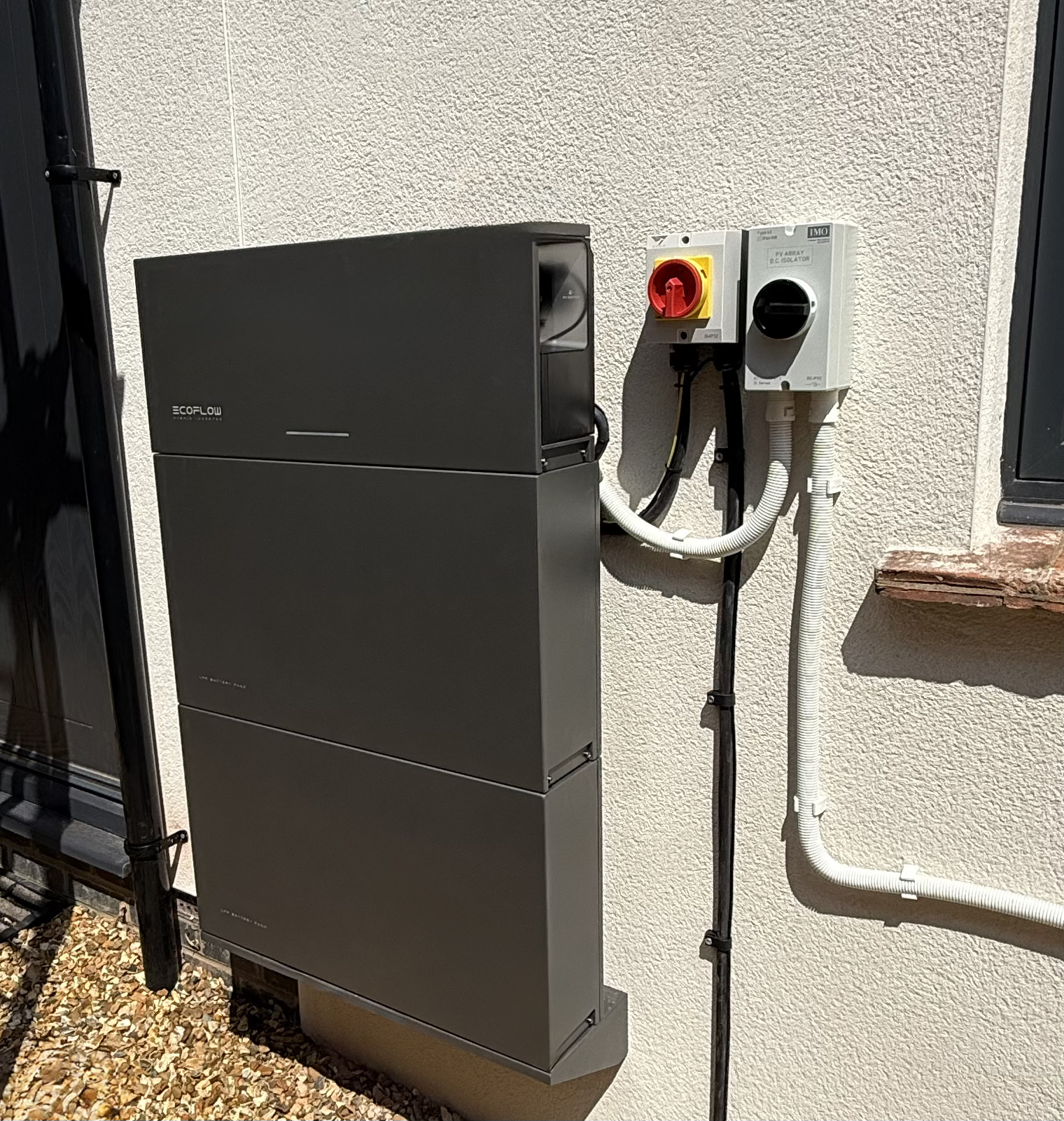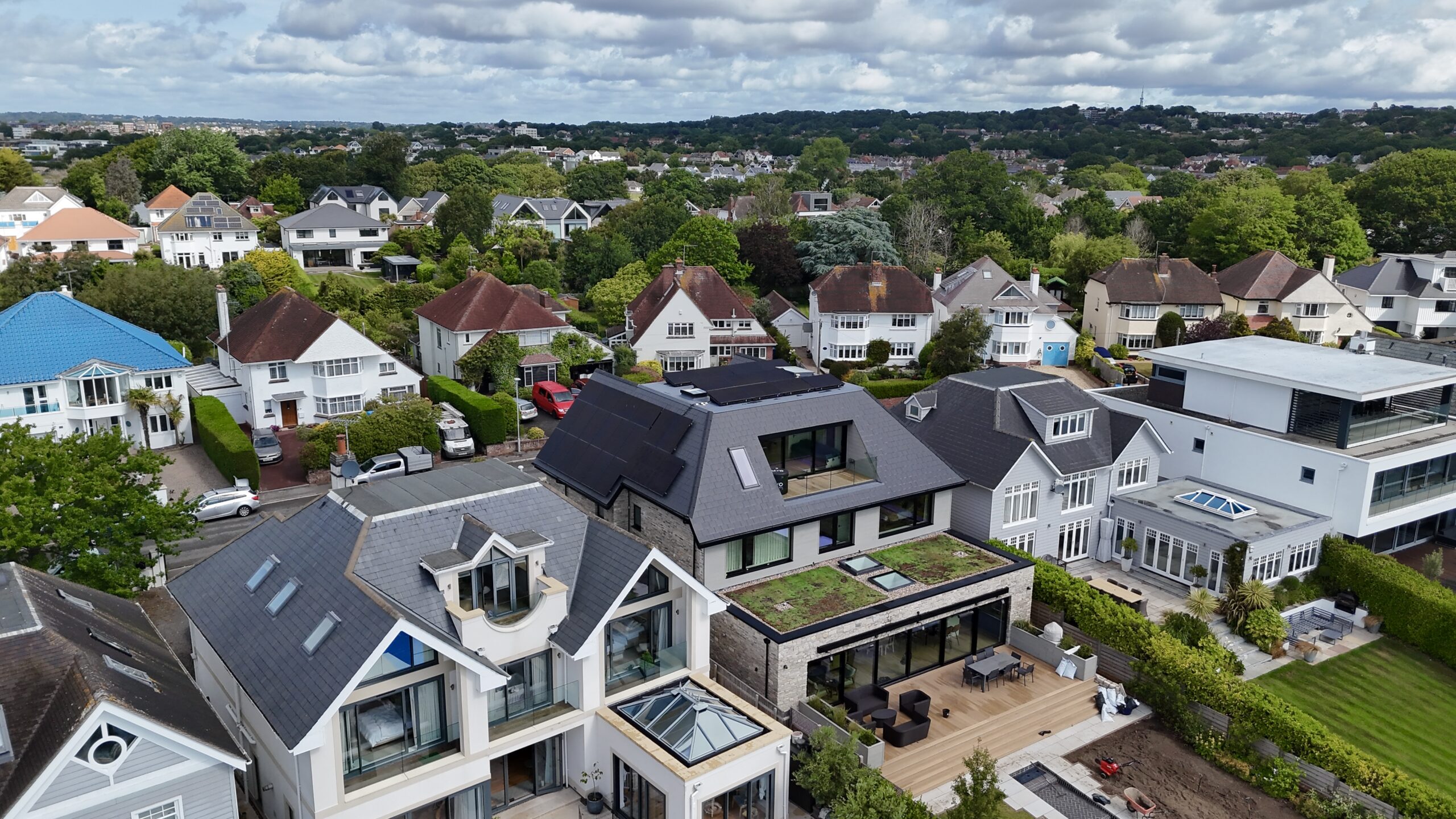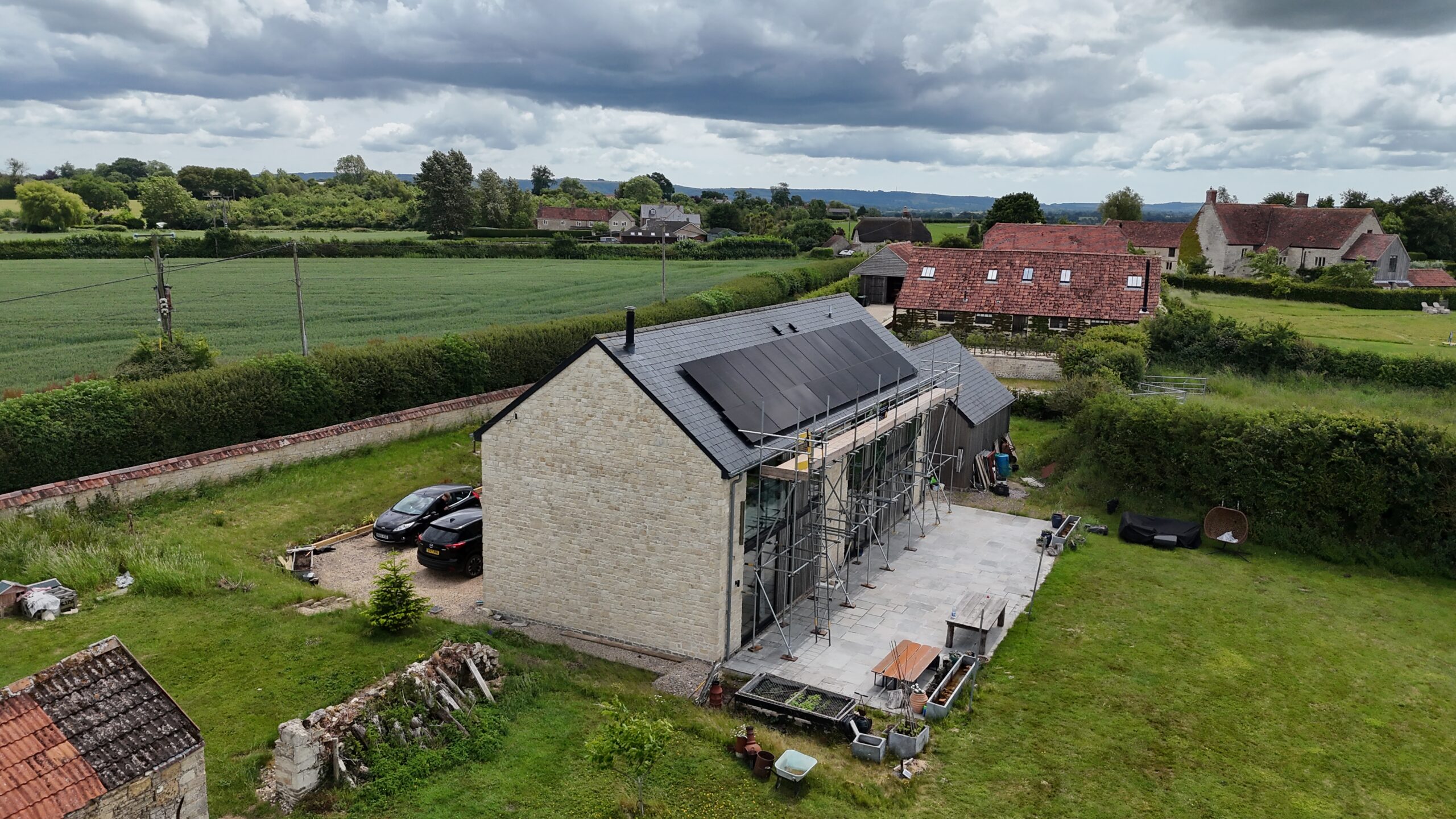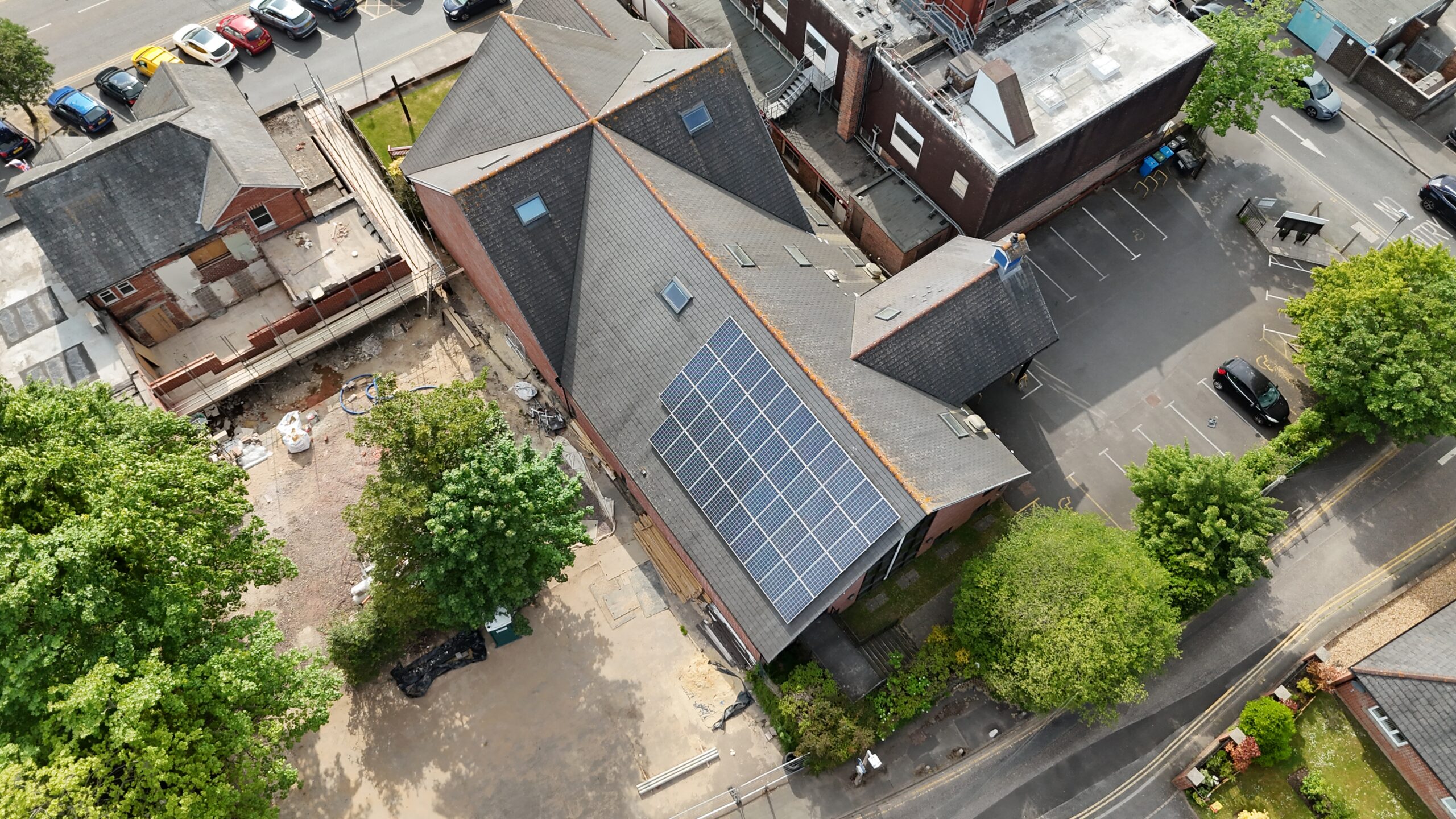A 2025 Guide for Homeowners and Commercial Properties in Dorset
With energy prices continuing to rise and the demand for clean energy solutions growing, many homeowners and businesses across the South Coast — particularly in areas like Bournemouth, Poole, and Christchurch — are seriously considering solar panel installations. One of the most common and important questions is: how much financial support can I get from the government to install solar panels?
In the UK, there isn’t a single universal grant that covers the cost of solar panels. However, several schemes are available in 2025 that can help reduce the cost substantially, especially for qualifying households and commercial properties. These include national programs like the Energy Company Obligation (ECO4), the Smart Export Guarantee (SEG), and in some cases, regional council-level support. Whether you’re looking into standard solar panels, advanced systems like Tesla solar panels, or integrated battery storage options such as Qcell batteries, understanding how these incentives work could help you make an informed and financially savvy decision.
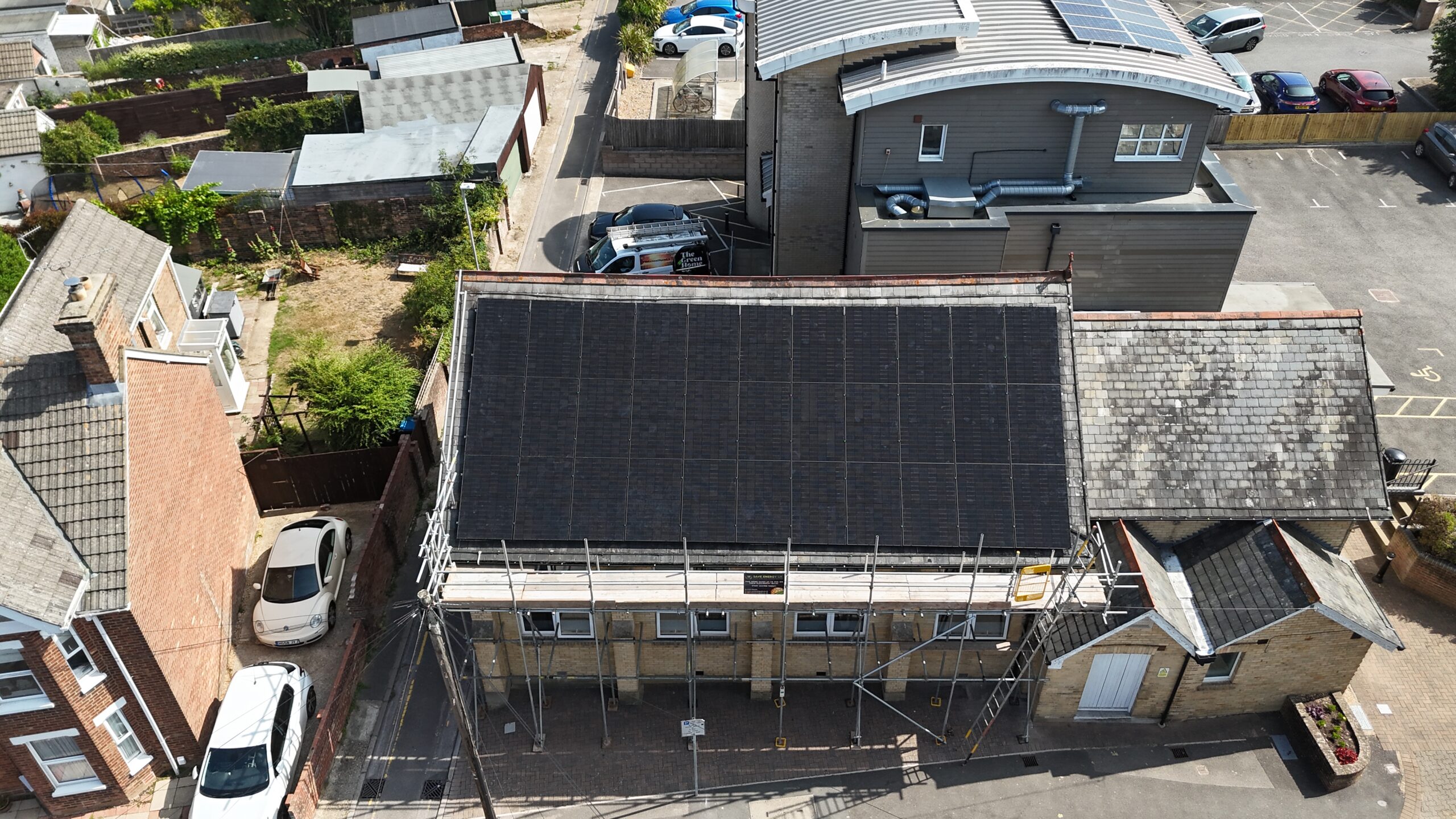
UK Government Support for Solar Panels in 2025
When people ask about a “solar panel grant,” they are usually referring to schemes that either reduce the upfront cost or provide long-term savings. These incentives are designed to encourage the uptake of renewable energy while helping residents cut down on carbon emissions and energy bills. Below are the main types of support currently available across the UK, many of which apply specifically to residents and businesses in Dorset.
ECO4 Scheme (Energy Company Obligation)
The ECO4 scheme, which runs through March 2026, is aimed at improving energy efficiency in low-income households. While its main focus is on insulation and heating upgrades, it does support solar panel installation as part of a broader package of energy improvements. This means if your home qualifies for ECO4, solar panels might be included at little or no cost to you.
To be eligible, you typically need to be receiving government benefits such as Universal Credit, Housing Benefit, or Pension Credit. Your property must also have a relatively low Energy Performance Certificate (EPC) rating, usually D or below. If you’re a homeowner or a private tenant living in such a property, you could qualify for full or partial funding.
In Dorset and surrounding areas, local authorities work with approved installers to deliver ECO4 funding, so it’s worth checking with Bournemouth, Christchurch and Poole (BCP) Council or Dorset Council to see what’s currently available. Savings under ECO4 can range from £5,000 to £12,000 depending on your home’s needs and the scope of improvements.
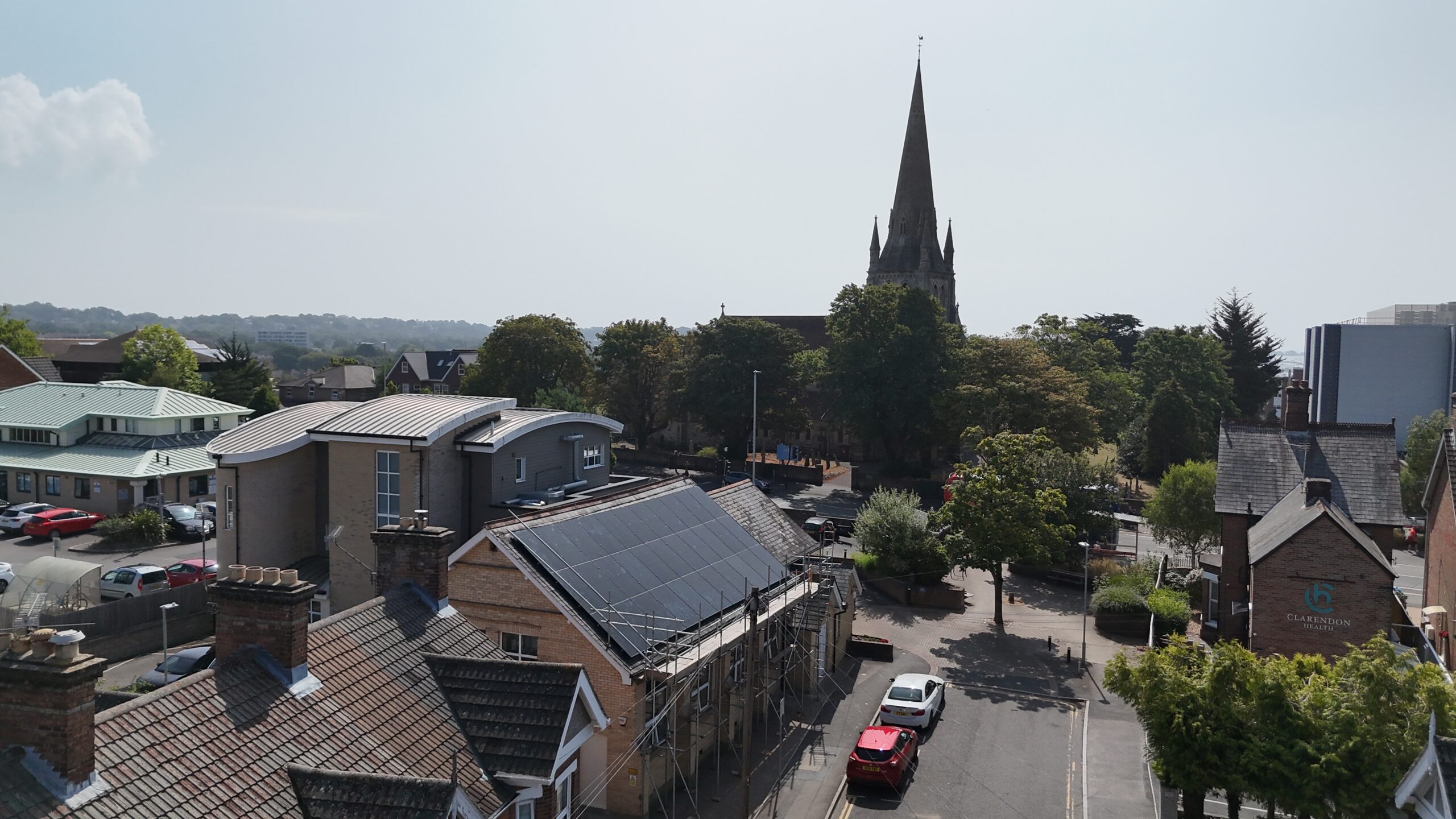
Smart Export Guarantee (SEG)
The Smart Export Guarantee allows solar panel owners to earn money by selling excess electricity back to the National Grid. While not a grant in the traditional sense, this incentive plays a key role in offsetting the cost of a solar installation over time. Under SEG, energy suppliers pay homeowners for each kilowatt-hour (kWh) of unused electricity exported.
To qualify for SEG, your solar system must be installed by an MCS-certified installer and connected to a licensed SEG provider. You’ll also need a smart meter capable of measuring export. Tariff rates vary depending on the energy company, ranging from as little as 1p per kWh to upwards of 15p per kWh. Over the course of a year, many homeowners earn back £100 to £400 or more, while commercial systems with higher capacity can see even greater returns.
Local Council and Regional Funding
While national schemes form the backbone of a government grant, there are also region-specific opportunities that vary by council. Some councils offer additional retrofit programs or partnerships with installers to help residents fund solar and other energy upgrades.
In Bournemouth, Poole, and Christchurch, these schemes change regularly and may be offered through joint efforts with housing associations, community energy projects, or Local Enterprise Partnerships (LEPs). For example, some Dorset LEPs support commercial sustainability efforts, including partial funding for solar energy installations for businesses looking to reduce carbon emissions.
Homeowners should contact BCP Council and Dorset Council directly or speak to a trusted local installer like Save Energy UK, who will often be aware of live funding opportunities.

How Much Could You Actually Save?
The amount of financial help you can receive for solar panels varies widely depending on eligibility, scheme type, system size, and location. Below is a general idea of what each support route may contribute:
-
ECO4 Scheme: Between £5,000 and £12,000 in funding for eligible households
-
SEG Earnings: Between £100 and £400 per year for homeowners, potentially more for commercial systems
-
Local Grants or Council Contributions: Up to £5,000 in some cases
-
Commercial Grants or Tax Relief: Up to 25–40% of system cost via capital allowances or regional programs
For example, if your solar panel system costs £6,500 and you qualify for ECO4 and SEG, you might only end up paying £1,500 to £2,000 out of pocket after all benefits are applied.
What About Tesla Solar Panels and Qcell Batteries?
Many people wonder whether premium systems like Tesla solar panels or advanced battery storage like Qcell are eligible under these funding options. The short answer is yes — but with conditions.
While schemes like ECO4 don’t specifically mention brands, they do require the use of certified, efficient equipment. Tesla solar panels and Powerwalls, as well as Qcell batteries, are commonly included in high-performance installations and meet all technical criteria. However, approval depends on whether your chosen installer is certified and whether the system forms part of a broader home energy improvement plan.
It’s also worth noting that adding battery storage can increase your SEG earnings, as you’re better able to control when electricity is used or exported. For commercial solar systems, battery integration may further improve the business case by helping to avoid peak tariffs and reducing reliance on the grid.
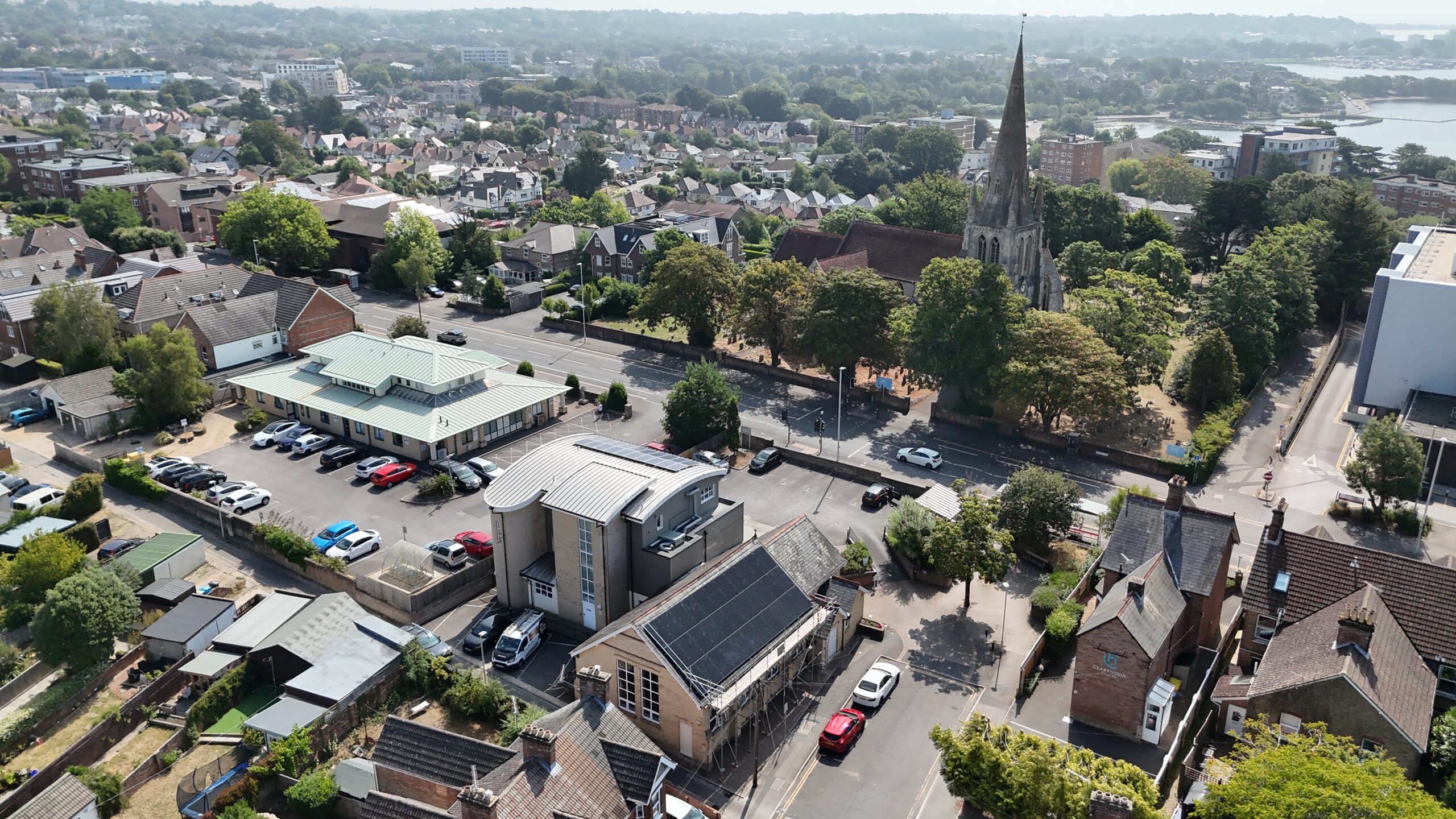
Homeowners vs Commercial Property Owners
While homeowners are eligible for schemes like ECO4 and SEG, commercial property owners may benefit from a different set of incentives. Businesses are often able to write off the cost of their solar systems through capital allowances, gain VAT exemptions on energy-saving materials, or access a sustainability government grant from LEPs.
In some cases, energy savings achieved through solar can even be used to meet Corporate Social Responsibility (CSR) targets or net-zero commitments — adding reputational value on top of financial return. For businesses on the South Coast, particularly in energy-intensive sectors, commercial solar can deliver payback periods of just 3–6 years depending on the size of the installation and available support.
Solar Panel Demand in Bournemouth, Poole and Christchurch
There’s growing local interest in renewable energy across Dorset, with more residents and businesses in Bournemouth, Poole, and Christchurch installing solar each year. Many local solar companies, including Save Energy UK, report significant year-on-year increases in demand, driven by both environmental concerns and the desire to reduce energy bills.
This increase in demand has also encouraged local councils to take action, offering improved access to funding and running information campaigns to help people make the switch. As a result, homeowners in these towns may be particularly well-placed to benefit from the available schemes, especially if they act while support is still available.
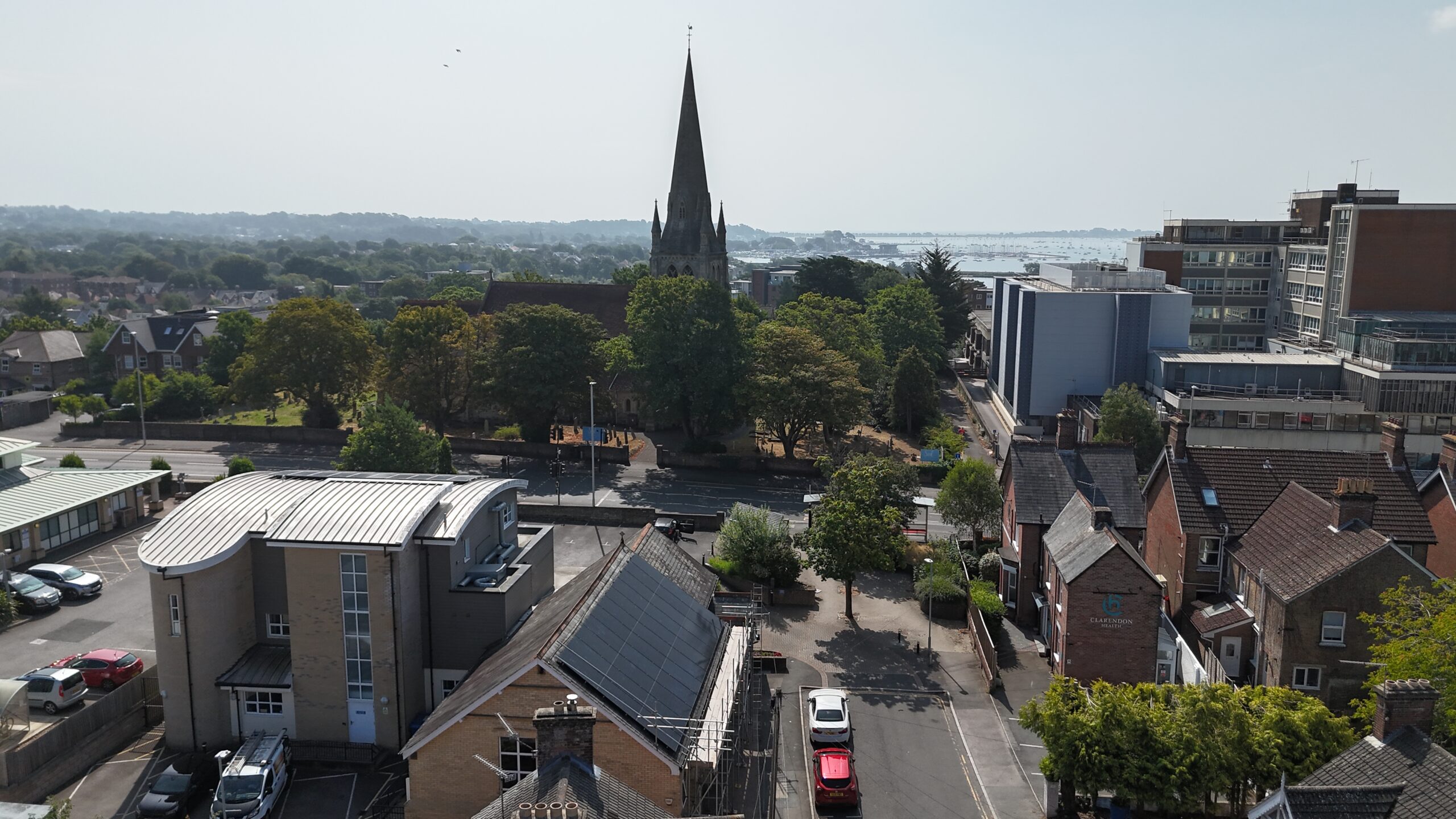
Frequently Asked Questions
Can I still get a grant if I already have solar panels?
You typically cannot receive a grant to add more panels, but you may still be eligible for battery storage incentives or SEG payments.
Do government schemes cover battery storage like Qcell or Tesla Powerwall?
yes — particularly when storage is installed as part of a larger home energy retrofit under ECO4 or as part of a smart commercial system.
Are Tesla solar panels covered by UK grants?
They are not specifically excluded. As long as they are installed by certified professionals and meet energy efficiency standards, they may qualify as part of a funding-approved project.
What support is available for commercial properties?
Businesses can access SEG, capital allowances, low-interest green loans, and regional grants. The actual support available depends on the location, business type, and project size.
What if I don’t qualify for ECO4?
You can still benefit from the SEG scheme, VAT reductions, and potentially a government grant. Financing options are also available through reputable installers.
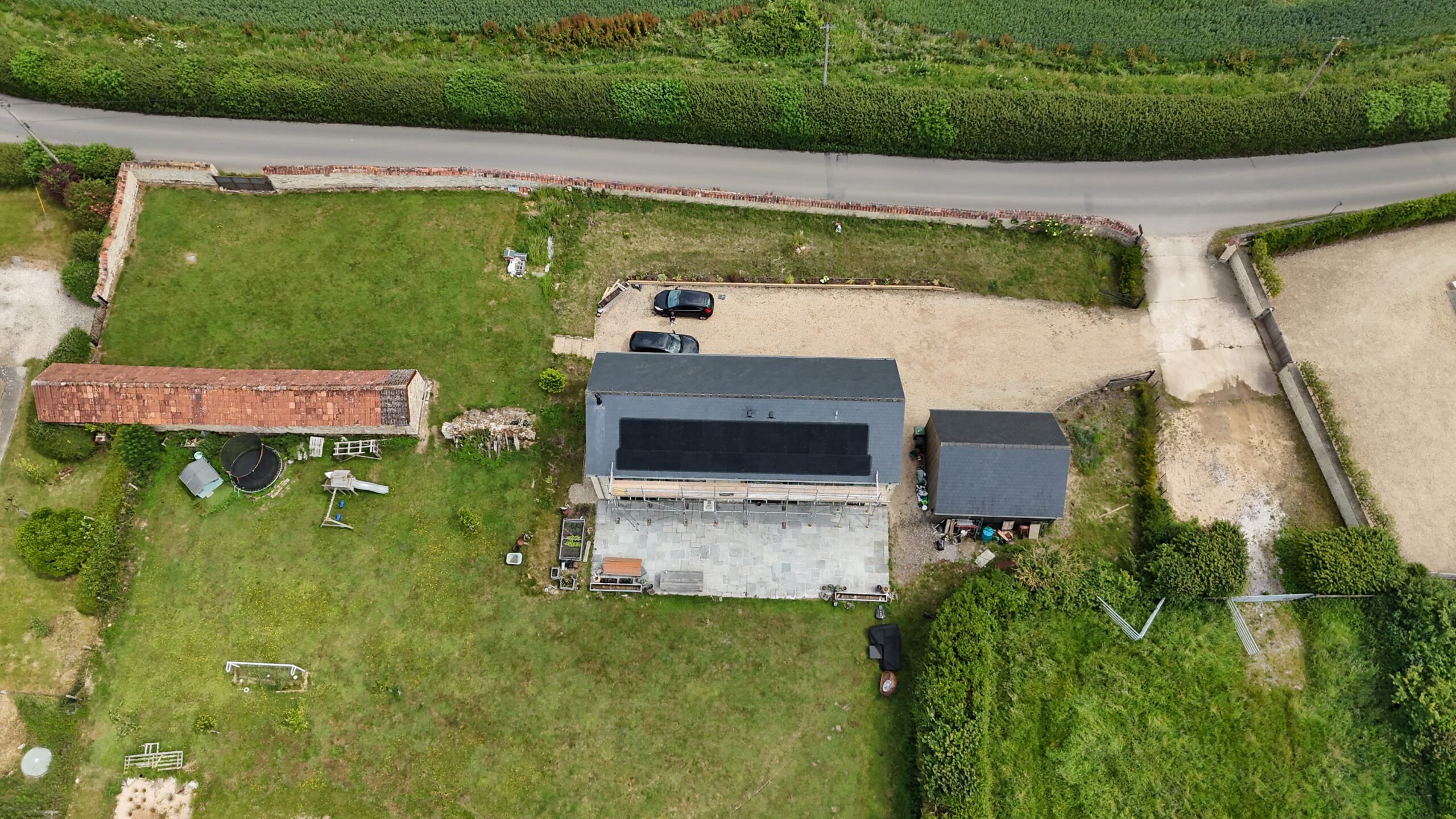
Take the Next Step with Save Energy UK
Government grants and incentives in 2025 make installing solar panels more accessible than ever before — but these schemes won’t be around forever. With rising electricity prices and increasing demand, now is the perfect time to explore your solar options.
Save Energy UK works with homeowners and businesses across Bournemouth, Poole, Christchurch, and the wider Dorset area to design, install, and optimise solar systems.
As certified installers of Tesla solar panels and Qcell battery solutions, they can help you find the right system — and the best way to fund it.
Contact Save Energy UK today for a free consultation and quote. Your journey to clean, affordable energy starts here.


